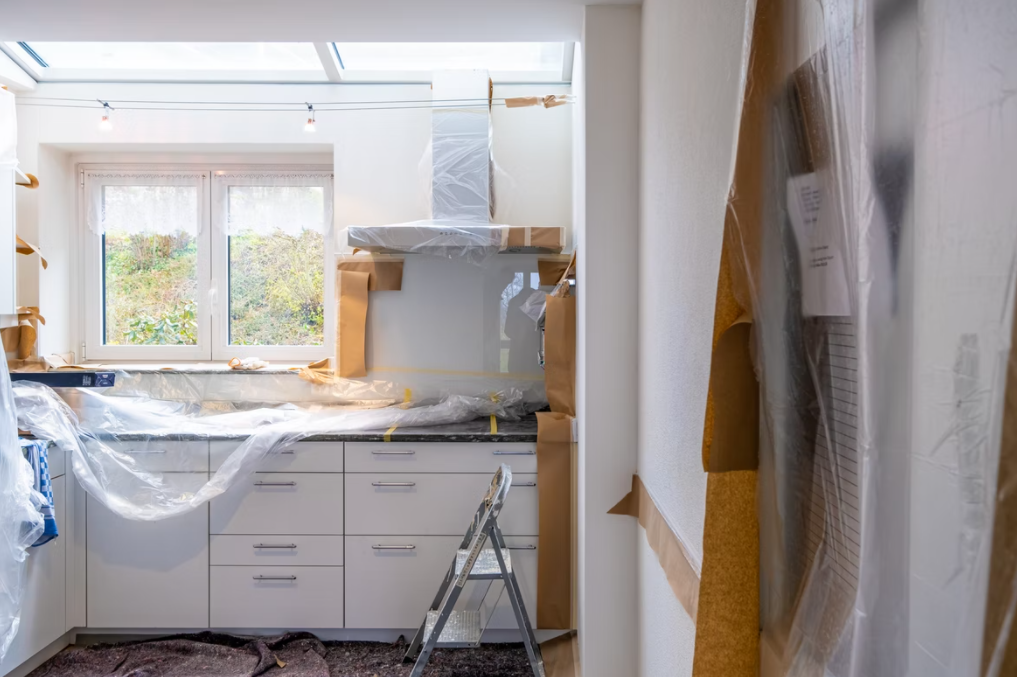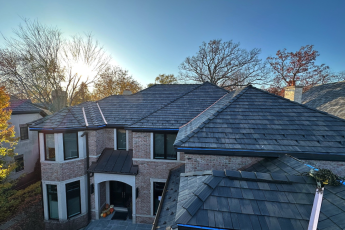What to Tackle First in a Whole-Home Renovation

Most full-scale home renovations go over budget or face major delays—and it’s often because people don’t follow the right order!

When you’re renovating an entire house, it’s easy to get excited about finishes like new floors, cabinets, and paint colors. But starting with the wrong task can lead to serious setbacks later and cost you a lot of money down the line.
Imagine installing new flooring, only to discover that your plumbing needs to be redone. Or putting up drywall before realizing your wiring is outdated. These mistakes cost time and money and create frustration.
This article lays out the smartest order to follow. We’ll help you understand what to do first, what to hold off on, and how to build a strong foundation—literally and figuratively—for the rest of your project.
- Begin with a Full Home Inspection
Before swinging a hammer or knocking down a wall, hire a certified home inspector. A thorough inspection tells you what’s hiding behind walls and under floors. It checks for damage, code violations, and safety issues that you can’t always see on the surface.
You need this information early because it influences every decision you’ll make after. For example, if the roof is failing or you need any electrical repair, fix these things before cosmetic updates. Ignoring issues like these can lead to bigger problems later and may force you to undo completed work just to get back to what should have been addressed first.
An inspection helps you avoid wasting time and money on repairs that pop up mid-project. It sets the stage for a safer, smoother renovation from day one.
2. Fix Foundation and Framing Issues First
Once you know what’s wrong, start with the structure. That means addressing any cracks in the foundation, warped framing, or shifting floors. These problems only get worse if you build over them.
Even minor movement in the foundation can throw off your walls, floors, and windows. That leads to gaps, cracks, and uneven surfaces down the line. Make sure the house is stable and level before touching anything else. Structural repairs can be expensive, but skipping them is a bigger risk.

3. Check the Electrical System Thoroughly
Old or overloaded wiring is more common than most homeowners think—especially in houses that are more than 20 years old. Before adding new appliances, lighting, or outlets, have a licensed electrician evaluate the entire electrical setup.
This is also the right time to upgrade the electrical panel if needed. If your home can’t handle the extra load, it won’t matter how nice your kitchen looks—it won’t function well. A professional electrical repair service can also install surge protectors or plan for features like EV chargers. Doing this now helps prevent damage and keeps your home safe.
4. Handle Plumbing Repairs and Upgrades Early
Plumbing work is messy. It usually involves opening walls, cutting into floors, or removing fixtures. That’s why it makes sense to deal with it before any finishing work begins.
Old pipes can be corroded, leaky, or too small for modern appliances. If you’re reworking a kitchen or bathroom, you might also need new supply lines or drainage pipes. Replacing pipes after the walls are closed up will cost you double. Taking care of it upfront saves money and avoids future water damage.
5. Don’t Skip Insulation and HVAC Checks
Insulation isn’t exciting, but it matters. Proper insulation keeps your home energy efficient, quiet, and comfortable. If your renovation involves opening walls or ceilings, now is the time to check or replace it.
Your HVAC system also needs attention. If it’s outdated or undersized, it won’t work well with your new space. You don’t want to put in new drywall only to rip it out again because of airflow issues. Making sure your heating and cooling system is up to date will make your home more livable and lower your utility bills.
6. Replace the Roof and Seal Up Windows
A strong roof and well-sealed windows are critical for protecting everything inside your home. If either one is in bad shape, you’ll deal with leaks, drafts, or moisture damage. That’s why these updates should come before any interior work begins.
Roofing work is noisy and messy. It can also expose your home to weather, so it’s better to schedule it early in the process. If your windows are old or warped, replacing them now improves energy efficiency and keeps your new insulation and drywall safe. Once your home is sealed, you can move forward with confidence.
7. Finalize Lighting and Electrical Layouts
This is the stage where you plan how your home will function day to day. Walk through the space and think about where you need light, power, or charging access. You don’t want to install cabinets or mount a TV only to realize you forgot an outlet nearby.
Talk to your electrician about new lighting, ceiling fans, dimmer switches, and other upgrades. This is also when you can plan ahead for future needs like EV chargers or a whole-house surge protector. Any added wiring or changes should happen before the walls are finished. Getting this right now means less cutting and patching later.
8. Prioritize Kitchens and Bathrooms Early On
Kitchen and bathroom renovations are time-consuming and often more complicated than other rooms. They require plumbing, electrical, tile work, cabinetry, and appliances—all working together. That’s why they should be tackled early in your renovation timeline.
These areas also bring the highest return on investment, so it’s worth getting them right. Start with the rough work—plumbing lines, venting, and wiring—then move on to walls, floors, and fixtures. This phase sets the tone for the rest of your renovation and usually drives your timeline, so don’t delay getting started.
9. Leave Cosmetic Touches for the End
It’s tempting to jump into paint colors, flooring, or hardware early, but these details should always come last. After all the heavy work is done—wiring, plumbing, framing, HVAC—you can focus on making the space look good.
This includes painting, installing floors, trim, cabinetry, and fixtures. Waiting ensures that nothing gets damaged by tools or dust from earlier steps. It also gives you time to see how the space feels before making design decisions. Cosmetic work is the finishing touch, not the starting point.
Renovating an entire home is a big project, and the order you follow makes all the difference. Starting with a full inspection gives you a clear picture of what needs attention. Handling structure, systems, and safety early helps prevent delays and unexpected costs.
Skipping steps or doing things out of order might save a little time upfront, but it often leads to more work down the road. By following this process, you’re making sure every part of your home works well before adding the final design touches. And that’s how you create a home that doesn’t just look new—it works like it should, too.








